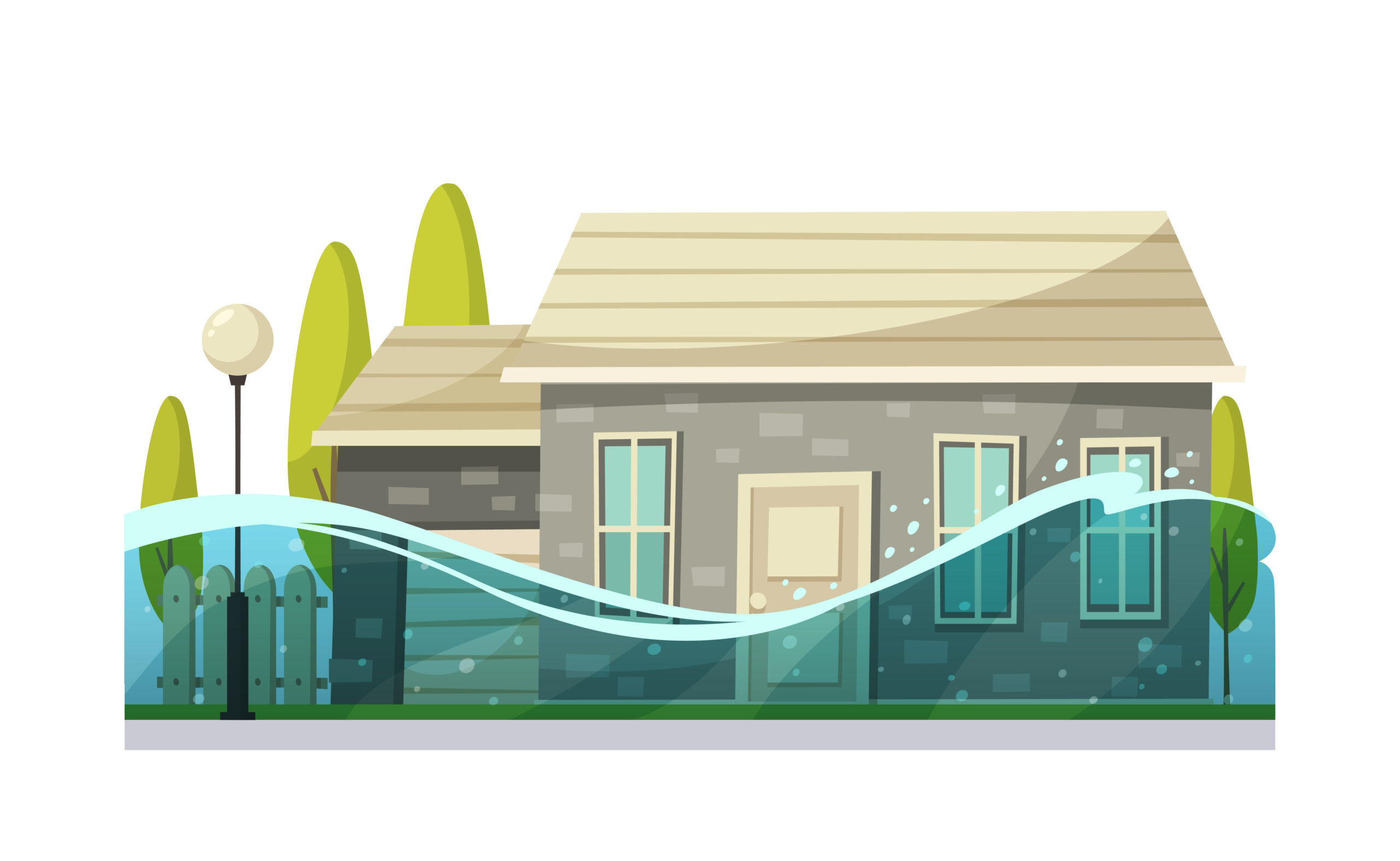Knowing the difference between major and minor burns helps whether the victim will receive the immediate treatment they need.
While some minor burns are easily treatable at home, others can cause lasting damage to the skin, muscles, and bones. In worse cases, these injuries may cause permanent disability and require long-term medical care.
The type of burn often depends on its cause and how severely the skin has been damaged.
Major Vs. Minor Burn Injuries
Burns are skin injuries caused by exposure to heat, chemicals, electricity, radiation, or the sun. Nearly ten thousand people in Australia seek medical care for accidental burns every year.
Health professionals group burns into different categories based on how deep the skin has been hurt. These categories are often called “degrees,” and injured individuals can have first-, second-, third-or fourth-degree burns. Note that the higher the degree, the more severe the burn is.
There are several ways to differentiate between major and minor burns.
A minor burn often damages the outer and underlying layer of the skin, which falls under the first or second degree. The injury can cause pain, swelling, and blisters to the victim but is often treatable with first aid and over the counter medication.
On the other hand, a major burn has an appearance of third or fourth-degree level, which involves white or blackened skin. The injury tends to puncture and damage the deeper layers of the skin like fatty tissues, which significantly increases infection risk.
At this degree, the pain levels tend to become unbearable, and the burn will cover 25% or more of the victim’s total body surface area.
Call triple zero (000) immediately if there is a suspected major burn injury on self or others.
Common Causes Of Burns
The causes of burns may come from many different elements, including thermal, chemical, electrical, or fire. It does not necessarily have anything to do with the severity, but It can bring the damage to a different level.
For example, a burning hot liquid could result in first-, second-, or third-degree burns depending on the temperature from its boiling point.
For chemical and electrical burns, it is best to see a doctor right away to eliminate the risk of internal damage. These burns can extend the damage deep beneath the skin, even if the skin appears normal or without harm.
How To Treat Burns?
For Treating Minor Burns
The first thing to do is check the scene for any possible hazard before providing first aid treatment.
Remove any jewellery if the burn site is on the neck, hand, or arm. Proceed with flushing the burn injury with cool running water for at least 20 minutes. Doing so will help remove the remaining heart and prevent further burning, scarring, and damage to the skin.
After cleaning with soap and water, apply a non-adhesive dressing to the injury. This ensures the wound will stay clean and is protected while the skin recovers.
For any doubts or concerns, seek medical help.
For Treating More Serious, Major Burns
Severe burns that typically require emergency care will receive the same treatment as above, although in this case, ensuring the victim’s airway and consciousness is the priority. Call triple zero (000) for further assistance.
While waiting for emergency services to arrive, use towels or clothing soaked in cool water to cool the burn continuously.
- Apply Dressing – If the dressing does not cover the whole injury, use clingfilm instead and lay it over the wound.
Avoid wrapping the cling too tightly to avoid swelling, then apply a bandage on top to secure it in place.
- Look For Signs Of Shock – Large volume of blood can be lost due to severe burns causing further complications, including shock.
Common symptoms of shock include cold, clammy skin, rapid heartbeat, and anxiousness. Call emergency services right away and keep the victim warm and stable. Lay them on their black and raise the legs to elevate.
Conclusion
Anything beyond minor burns requires immediate medical attention due to the possibility of further complications.
Knowing how to differentiate between minor and major burns and getting the victim quick and efficient first aid treatment can prevent worse burn damage or death.
Learn first aid for someone who has a burn.








